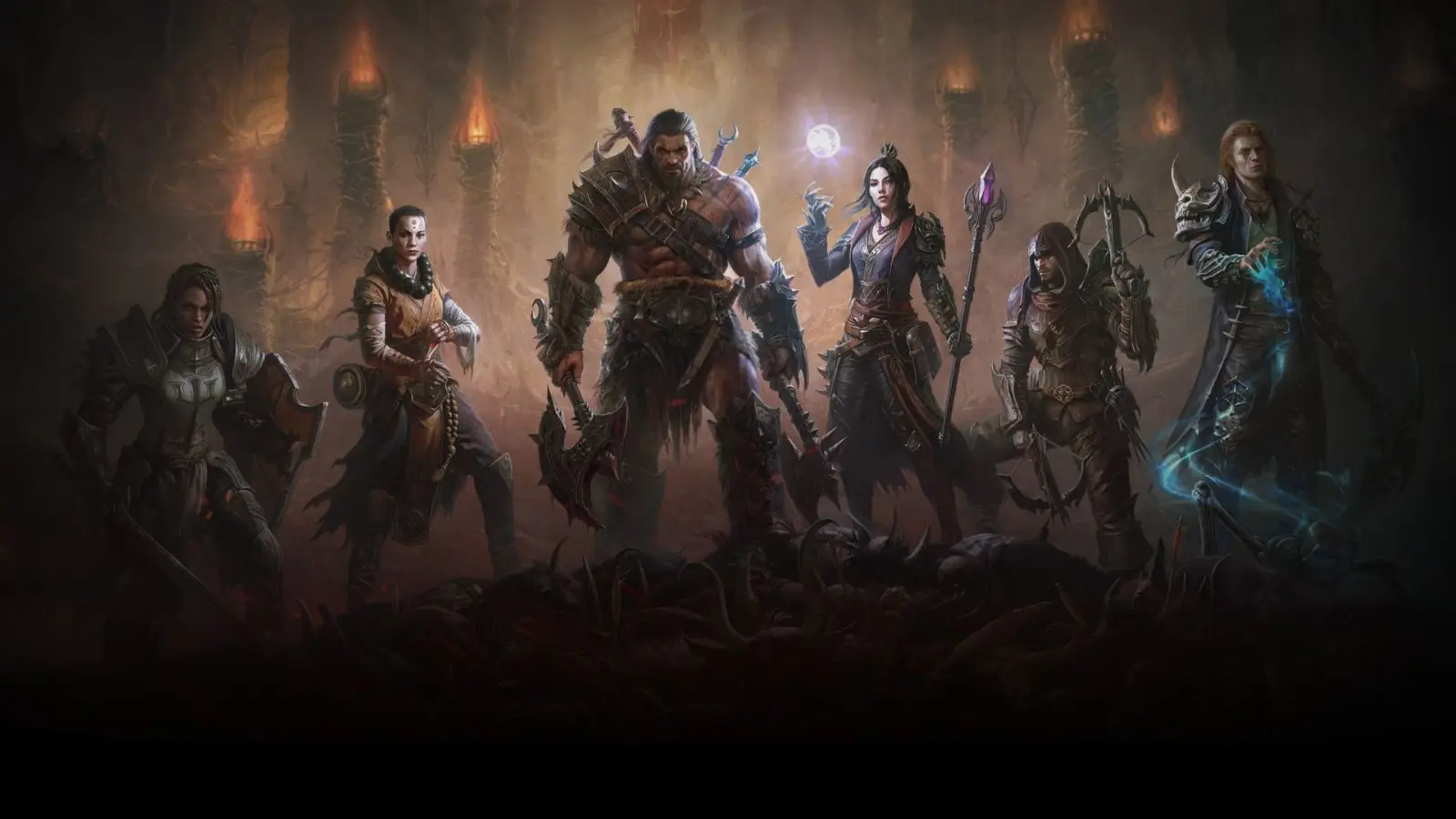Title: Beyond the Headlines: Advanced Approaches to Deep Game News Interpretation
The video game industry is a relentless firehose of information. Every day, a deluge of press releases, developer diaries, patch notes, and executive interviews floods our news feeds. For the average consumer, this stream is often consumed at face value: a new trailer is exciting, a delay is disappointing, a corporate acquisition is a mere statistic. However, beneath this surface-level narrative lies a richer, more complex story. Interpreting game news on a deeper level requires moving beyond the "what" and delving into the "why" and "how." It demands advanced analytical approaches that synthesize information, contextualize events, and read between the lines of corporate messaging.
Deconstructing the Corporate Narrative: PR as a Textual Artifact
The first step in advanced interpretation is to treat all official communications not as simple statements of fact, but as carefully crafted textual artifacts designed to shape perception. This involves critical discourse analysis.
Consider a game delay announcement. A superficial reading focuses on the new date. A deeper interpretation analyzes the language used. Does the statement emphasize "quality and polish," framing the delay as a consumer-friendly choice? Or does it cite "production challenges" or "logistical issues," potentially hinting at deeper internal struggles? The specific jargon, the tone (apologetic vs. confident), and the actors given a voice (is it a faceless corporate account or a beloved creative director?) are all deliberate choices. By deconstructing this narrative, we can infer studio health, management priorities, and the confidence level behind a project.
Similarly, announcements of acquisitions or mergers, like Microsoft's acquisition of Activision Blizzard, are laden with subtext. Beyond the headline, analysts scrutinize executive quotes for hints at future strategy. Talk of "synergies" and "expanding ecosystems" signals a push for subscription services like Game Pass. Emphasis on "beloved franchises" suggests IP consolidation and future remakes/reboots. This parsing helps predict market shifts years before they materialize on store shelves.
The Semantic Layer: Parsing Patch Notes and Technical Deep Dives
For live-service games and ongoing franchises, patch notes are a primary news source. Yet, most players skim them for buffs, nerfs, and new content. Advanced interpretation treats patch notes as a dynamic design document, revealing the developer's evolving philosophy and response to player behavior.
A change log is a semantic goldmine. Why was a specific character's ability reworked from the ground up instead of merely adjusting its numbers? This suggests a fundamental design flaw that a numerical tweak couldn't solve. The grouping of changes can indicate priority areas; a suite of network stability improvements following a rocky launch is a direct response to criticism. Furthermore, the wording matters. Describing a weapon as "overperforming in skilled play" versus "too effective against new players" reveals which segment of the community the balance team is targeting. This level of analysis transforms mundane updates into a real-time dialogue between developers and players, offering insights into game balance theory and data-driven decision-making.
Connecting the Dots: Intertextual and Industry-Wide Analysis
No piece of game news exists in a vacuum. The most powerful interpretations emerge from intertextual analysis—connecting disparate events across the industry to identify macro-trends.
For instance, the announcement of a single new AAA game using Unreal Engine 5 is a news item. But tracking a pattern of numerous studios, from established giants to new independents, adopting UE5 or a competing engine like Unity, is a trend. This allows analysts to forecast a collective leap in graphical fidelity, common development challenges, and a potential homogenization of visual tools in the coming years. It speaks to engine licensing strategies, middleware evolution, and the technical direction of the entire industry.
Likewise, the departure of key talent from a major studio might be reported as a single personnel change. However, when mapped against similar departures from other companies within a short timeframe, it may indicate a trend of creative fatigue, the lure of new independent ventures, or a shift in how top talent is valued and compensated. This "connective tissue" analysis turns isolated data points into a coherent narrative about the human capital driving the industry.
The Data Mine: Leveraging Analytics and Financial Forensics
Advanced interpretation increasingly relies on quantitative data. SteamDB, for instance, provides a real-time look at player counts, which can be used to gauge the actual health of a live-service game beyond its public relations veneer. A game trumpeting millions of registered users might be hiding a steep and steady decline in concurrent players, a far more telling metric of engagement.
Financial earnings reports are another crucial, if dry, source. Beyond the headline revenue figures, savvy interpreters dive into the appendices. Shifts in regional revenue breakdown can signal where a company's growth is coming from. Changes in R&D spending might indicate a move into new technologies like VR or cloud infrastructure. Guidance for future quarters, often written in cautious corporate language, provides a managed expectation of upcoming performance, allowing for predictions on release windows or marketing blitzes.

Conclusion: Becoming an Active Participant
Advanced game news interpretation is the practice of transforming from a passive consumer of information into an active analyst. It combines the qualitative skills of a literary critic—deconstructing narrative and language—with the quantitative mindset of a data scientist, tracking patterns and metrics. It’s about understanding that every announcement, tweet, and patch is a move in a complex, multi-layered game of communication itself. By adopting these approaches, we no longer just read the news; we interpret the strategy, the subtext, and the seismic shifts that will define the digital playgrounds of tomorrow. The real story is rarely in the headline; it's in the intricate web of context that surrounds it.















